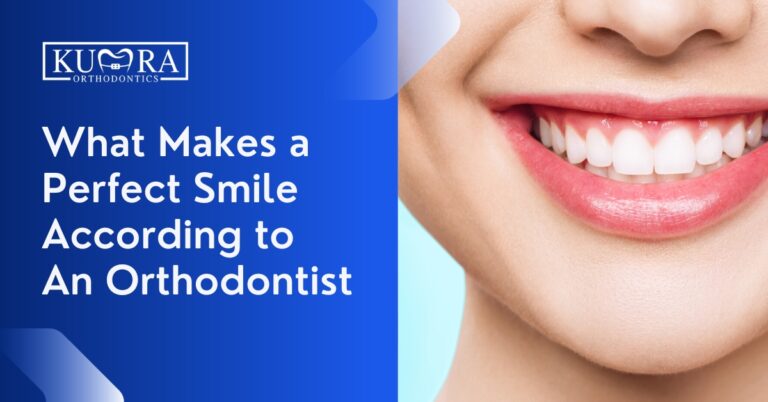The Basic Principles Of Legacy Orthodontics
Legacy Orthodontics - An Overview
Table of ContentsGetting The Legacy Orthodontics To WorkWhat Does Legacy Orthodontics Do?Legacy Orthodontics Can Be Fun For EveryoneLegacy Orthodontics Things To Know Before You Get ThisThe Only Guide for Legacy Orthodontics
In enhancement, we supply flexible therapy routines, versatile payment choices and a fun, delightful experience.An orthodontist is a dental professional trained to identify, prevent, and treat teeth and jaw irregularities. They fix existing conditions and are educated to determine problems that might develop in the future. Orthodontists collaborate with people of every ages, from kids to adults. Individuals frequently link a best smile with health.
Malocclusion, or misaligned teeth, can lead to oral issues, consisting of tooth decay, gum tissue illness, and tough or unpleasant chewing. Not everyone is born with straight teeth. If you have a poor bite or large rooms between your teeth, you might wish to get in touch with a dental professional concentrating on orthodontic care.
The 9-Minute Rule for Legacy Orthodontics
( Photo Credit Rating: DigitalVision/Getty Images) Orthodontists make use of repaired and detachable oral tools, like braces, retainers, and bands, to alter the setting of teeth in your mouth. Orthodontic therapy is for dental abnormalities, including: Misaligned teethBite troubles, like an overbite or an underbiteCrowded teeth or teeth that are also far apartJaw misalignmentThe goal of orthodontic treatment is to boost your bite.
A healthy bite ensures you can eat, chew, and speak properly. While you might assume of orthodontists as generally for children or young adults that need dental braces, they can remedy oral issues at any age. Orthodontists go to university, oral college, and orthodontic school. After college graduation, they spend 2 or 3 years in an orthodontic residency program.
All orthodontists are dental practitioners, yet not all dental professionals are orthodontists. Orthodontic residency programs provide intensive, focused direction for dental professionals. They concentrate on 2 areas: Just how to correctly and safely relocate teeth Just how to effectively lead development in the teeth, jaw, and faceOnce an orthodontist has actually completed training, they have the choice to become board certified.
Not known Details About Legacy Orthodontics
Malocclusion leads to tooth overcrowding, a misshapen jaw, or uneven bite patterns. Malocclusion is generally treated with: Your orthodontist attaches steel, ceramic, or plastic square bonds to your teeth.
Some people need a headwear to assist move teeth into line with stress from outside the mouth. A retainer is a customized device that keeps your teeth in place.
They can develop additional area in the mouth without having to pull teeth. Orthodontists use wires, surgical screws, or plates to sustain your jaw bone.
You might require to see an orthodontist if you have: Crowding or otherwise sufficient room for every one of your teethOverbite, when your upper teeth come by your bottom teethUnderbite, when your base teeth are as well much forwardSpacing or issues with gapsCrossbite, which is when your upper teeth fit behind your base teeth when your mouth is closedOpen bite or a vertical gap between your front base and top teethMisplaced midline, when the facility of your bottom and upper teeth don't line up Dealing with a dental malocclusion can: Make biting, eating, and speaking easierImprove the proportion of our face and your total appearanceEase pain from temporomandibular joint conditionsDifferent your teeth and make them simpler to clean up, aiding avoid dental caries or cavities It's commonly a dental professional who first notices misaligned teeth during a regular exam.
Unknown Facts About Legacy Orthodontics

During your first orthodontic appointment, you'll likely have: A dental examPhotos taken of your face and smileDental X-raysPanoramic (360 degree) X-rays of your face and headImpressions to develop molds of your teethThese examinations will certainly help your orthodontist know exactly how to proceed with your treatment. leesburg invisalign. An orthodontist is a dentist who's had training to treat your teeth and jaw
An orthodontist is focused on your bite, so something like a broken tooth would certainly be taken care of by a dental expert. Orthodontists are focused on your bite, or the way your teeth fit together, and the straightness of your teeth.
Ever before asked yourself exactly how celebrities constantly seem to have flawlessly straightened teeth? The response often hinges on the experienced hands of great site an orthodontist. What exactly does an orthodontist do? Orthodontists are oral specialists who concentrate on correcting irregularities in the teeth and jaws. Their knowledge surpasses simply developing a stunning smile; it includes improving your general dental health and function.
Little Known Questions About Legacy Orthodontics.

, orthodontists have a diverse toolkit at their disposal. These tried-and-true dental braces make use of a system of brackets bonded to the teeth and linked by cords.
Clear aligners, like Invisalign, are a popular alternative for individuals looking for a much more very discreet treatment alternative. These detachable trays are custom-made to considerably shift the teeth's setting. Headwear may be made use of combined with braces or aligners to apply additional targeted pressures, specifically for correcting jaw discrepancies. In instances of narrow jaws, palatal expanders can be utilized to produce area for appropriate tooth placement.